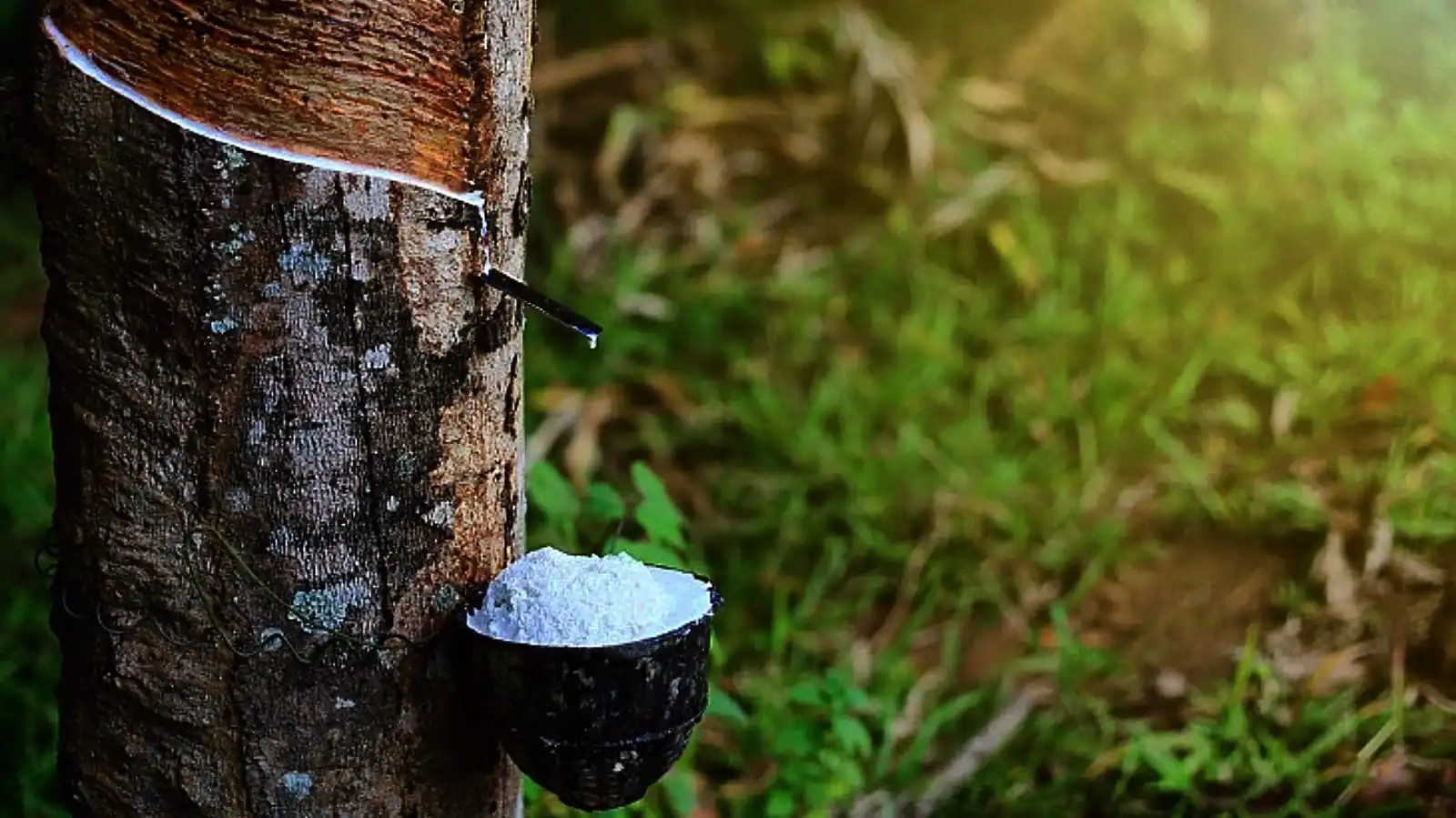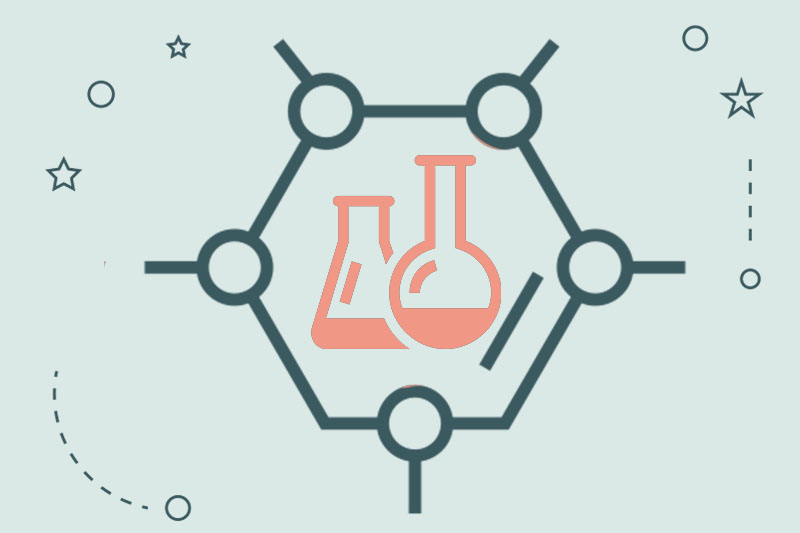This is How a Latex Mattress is Made
A latex mattress is the best sleeping accessory for athletes, newlywed couples, babies, young people, and adults. If you want to know how is latex made, the answer is simple. Latex is derived from the milky sap of rubber trees which are mainly found in South East Asia. It usually looks like a milky white liquid and has a natural springiness to it.
Wondering how is a latex mattress actually made? Latex undergoes various processing techniques according to the requirement of the level of firmness of the mattress. The first step is, of course, the collection of latex from the rubber tree.
Collection of Latex: The First Step
First and foremost, latex is produced from the Hevea Brasiliensis (rubber tree) by tapping the tree so that the sap can flow out and get collected. The tree is tapped by making a thin cut, diagonally. The sap fluid flows continuously for only about six hours. Later, the tree is tapped again to collect more fluid. As the sap oozes out, it is collected in a vessel or bucket.
Latex: The Most Eco-Friendly Material
Did you know that collecting the latex sap from the rubber tree does not destroy the tree in any way? It neither creates any sort of pollution or damage to nature. Instead, it helps in removing tons of carbon dioxide content from the air. The reason for this is because the rubber tree consumes a large amount of carbon dioxide over a period of one year to produce latex.
What Happens After the Collection of Latex?
After the collection, latex begins to coagulate when it is exposed to direct sunlight. Hence, it is prone to get hardened. So, the collection is usually done at night or early in the morning so that hardening is avoided and the processing is done within 24 hours. Once collected, the latex is immediately transferred into large airtight buckets.
We are going to refer to the conversion of latex into a giant comfortable latex mattress as “processing”. Processing can be done in various ways; hence there is not just one perfect method to do so. Basically, the key is to mix latex with a little amount of other materials to help it get solidified.
The two most common methods of processing latex to make a latex mattress are:
- Dunlop Method, and
- Talalay Method
What is the Dunlop Method?
The Dunlop method is known to be a much simpler process as compared to the Talalay method.
- In this method of making a latex mattress, liquid latex is first sieved to remove the unwanted particles.
- Then it is properly mixed in large cylindrical stainless steel tanks allowing it to turn into a thick, foamy, and bouncy paste.
- Later, this mixture is transferred to a conveyer or into a mould.
- It is then passed on into a special oven which helps in solidifying the mixture.
- This heating of latex to a high temperature is known as vulcanization.
- Following this procedure, the moulded mixture is washed so that the residual amounts of liquid latex or other unreacted solidifying agents are washed.
- The final product is a huge block of latex which is then dried using hot air or baked into an oven.
- This also ensures that any excess moisture is removed.
- Through this method, a latex mattress is thus, easily created in any shape and ready to be used.
Pros of Dunlop Method:
- Creates denser and heavier latex foam
- Simpler and energy efficient production
- Less expensive
- More durable
- Firmer than Talalay Method (good for people looking for firmness)
Cons of Dunlop Method:
- Heavier at the bottom which leads to negligible inconsistency in the density
What is the Talalay Method?
In the Talalay Method, the texture of latex in a latex mattress is slightly different.
- First of all, the liquid latex is transferred into a mould of desired shape and size.
- Then, it is sealed and closed using a vacuum so that the latex is dispersed evenly throughout the mould.
- Later, the mixture is flash frozen and immediately flash heated.
- This sudden freezing and heating help it in getting solidified permanently.
- Once it is properly cooled, the latex block is ready to use and is easily removed from the mould.
- Although this might seem a very quick method to produce a latex mattress, it cannot be used to manufacture large mattress sizes.
Pros of Talalay Method:
- Extremely bouncy
- Slightly more breathable
- Softer than Dunlop method (good for people looking for softness)
Cons of Talalay Method:
- Pricy
- Uses more energy than the Dunlop method
- Less durable
Morning Owl Uses the Dunlop Method – But Why?
We prefer the Dunlop method while creating a large sized latex mattress, exclusively for you. This is because if we use the Talalay Method, we would have to produce smaller blocks of latex mattresses and glue them together. According to us, this technique doesn’t do complete justice with our customers. Hence, for babies, we prefer the Talalay Method and for adults, Dunlop Method is our only choice.
Once our high-quality mattresses are produced, we check them for quality. Each latex mattress at Morning Owl undergoes quality inspection. After that, we give grades to each latex mattress according to the quality and other important factors. We reserve the best latex mattress for you by stitching them individually and trimming them carefully to obtain a sharply defined outline.





